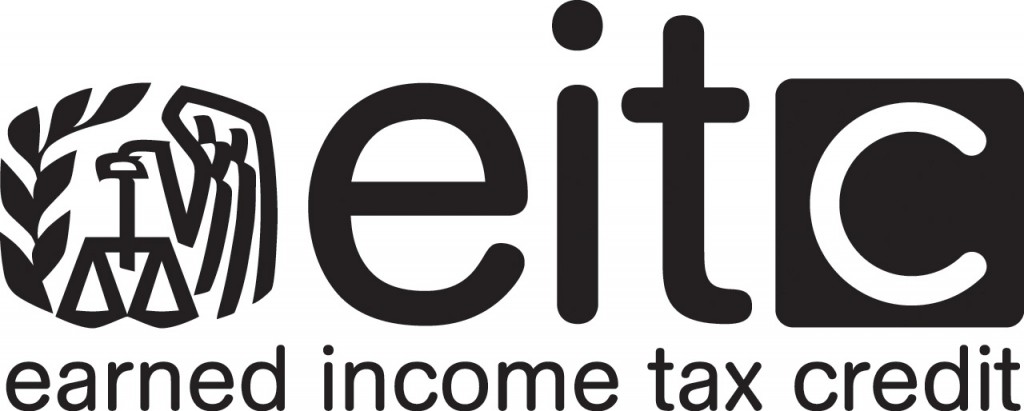Commentary: Minimum wage and Earned Income Credit go hand in hand
By Benjamin Orr,
Executive Director, Maryland Center on Economic Policy
There are ads running on TV that make their point by humorously showing why a couple would rather stay at a bed and breakfast than a bed or breakfast, and why it’s better to build a swimming pool with nuts and bolts instead of nuts or bolts.
What’s not so funny is that some in our state — such as Barry Rascovar — propose we could help Marylanders climb the economic ladder by raising the minimum wage or the Earned Income Credit when it really takes raising both.
Maryland’s Earned Income Credit (EIC) and minimum wage work best in combination to reduce poverty and income inequality, bolster the middle class, and help our local economies. Increasing both would put our state on a better path to economic prosperity and opportunity for all.
Twin pillars that make economy work
The EIC and minimum wage are the twin pillars that together make our economy work even for those with low-income jobs. The EIC is a tax credit that helps make up for the fact that low-income households pay a greater share of their income in state and local taxes than do the wealthiest. Only low-paid working people receive it.
The minimum wage is just what the name says – the absolute lowest amount someone can be paid to work. And since reaching its peak in 1968, the federal minimum’s buying power has steadily declined.
The EIC and minimum wage complement each other, with one reaching workers that the other cannot. For example, the minimum wage helps the lowest-earning workers regardless of whether they have children, while the EIC gives help mostly to families with children in the low and moderate income range.
I should note in passing that some argue a minimum wage increase will primarily help teenagers. But research shows that half of minimum wage workers are over 25, and on average, they bring home half their family’s income.
Where these groups overlap, the minimum wage and EIC still complement one another. For example, a boost in the minimum wage increases the size of the tax credit for families with very low earnings. This helps them afford more basic necessities.
Benefits timed differently
In addition to reaching a broader population together, the benefits of the minimum wage and EIC are complimentary because they are timed differently. Minimum wage increases are distributed with every paycheck, helping low-wage workers pay monthly bills. Earned Income Credits are distributed annually, often providing families with small but significant tax refunds large enough to pay off a debt or make delayed purchases, such as car repairs.
Finally, the combination of the minimum wage and Earned Income Credit allows the public and private sector to share the cost of compensating low-wage workers adequately. Increasing one while eliminating the other would significantly burden the finances of either business or government, but a gradual increase over several years to both policies will ensure that neither shoulders too much of the cost.
In today’s economy, where all too much job growth is concentrated in the low-wage sector and the middle class is eroding, we must use all of the tools available to us to support our working families. Gradually increasing Maryland’s Earned Income Credit and the minimum wage helps protect the middle class by ensuring that more workers are fairly compensated, that they have a shot of getting into the middle class, and that the cost of helping them is equally shared.

MarylandReporter.com is a daily news website produced by journalists committed to making state government as open, transparent, accountable and responsive as possible – in deed, not just in promise. We believe the people who pay for this government are entitled to have their money spent in an efficient and effective way, and that they are entitled to keep as much of their hard-earned dollars as they possibly can.


